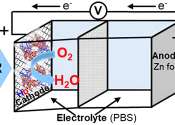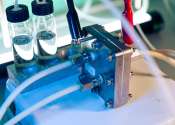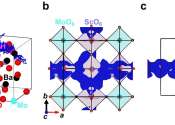New sustainable method for creating organic semiconductors
Researchers at Linköping University, Sweden, have developed a new, more environmentally friendly way to create conductive inks for use in organic electronics such as solar cells, artificial neurons, and soft sensors. The ...
Jan 22, 2024
0
101









